It is challenging not to feel at least a slight attraction to SEASON: A letter to the future, the new game from Scavengers Studio: its visual facet draws attention as soon as you see it, even more so if we see those colours, landscapes and models in motion. The premise already lowers the desire for those who do not enjoy contemplative works a little more: it is a game focused on the narrative in which the only thing we will do is move through that beautiful environment photographing, recording and talking with characters. This second project, which is nothing like the studio’s previous game ( Darwin Project, a battle royale inspired by The Hunger Games that closed just a few months after its official launch after a period of early access ), is one of the most anticipated indies of 2023.
Story
The fact that there is an apocalypse is almost something mandatory in video games, although its designers usually place us during or after the catastrophe; SEASON: A letter to the future puts us before everything changes, with the addition that we also don’t know exactly what is going to happen. Our protagonist lives in a small town on top of a mountain, a village with a Mediterranean aesthetic placed in the middle of a universe that combines everyday customs with esotericism very charismatic way. A boy, a close friend of the protagonist, warned in a dream of the end of a cycle, and the wise men of the town decided that this heralded the apocalypse.
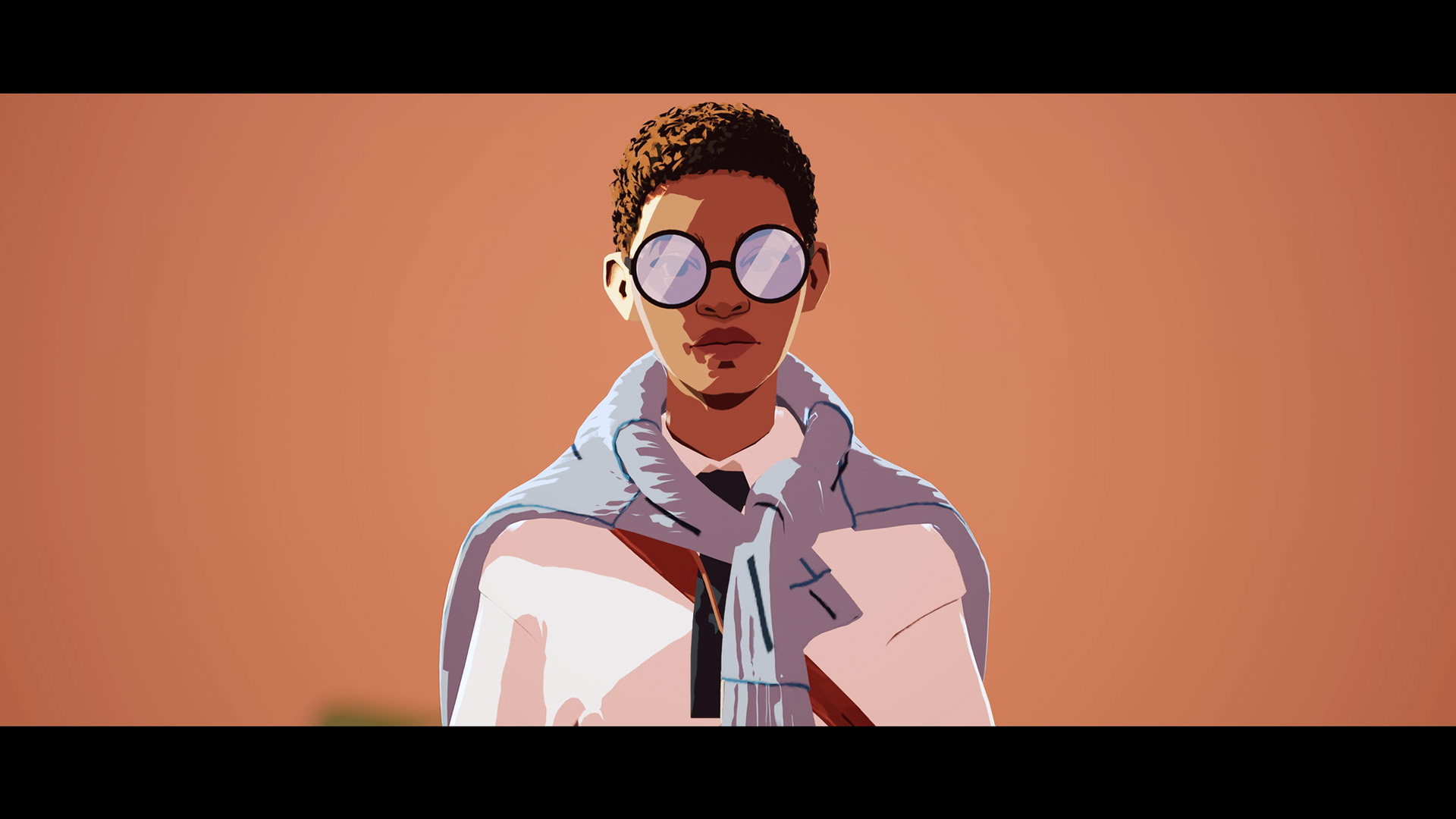 That is where our story begins: the protagonist, without a name, becomes one of the only people from Caro, her town, to go out into the outside world. They are sheltered and live there in peace and secrecy, but she makes it her mission to gather all the information possible before her reality is lost forever. With a camera, a recorder, a notebook, and a bicycle, she ventures into the depths of a world on the brink of an apocalypse. They do not know what will happen, only that the season ( ‘season,’ in English) will change soon; this could imply anything from a war to an ecological disaster, a new period of prosperity or a cultural renaissance. The future is open.
That is where our story begins: the protagonist, without a name, becomes one of the only people from Caro, her town, to go out into the outside world. They are sheltered and live there in peace and secrecy, but she makes it her mission to gather all the information possible before her reality is lost forever. With a camera, a recorder, a notebook, and a bicycle, she ventures into the depths of a world on the brink of an apocalypse. They do not know what will happen, only that the season ( ‘season,’ in English) will change soon; this could imply anything from a war to an ecological disaster, a new period of prosperity or a cultural renaissance. The future is open.
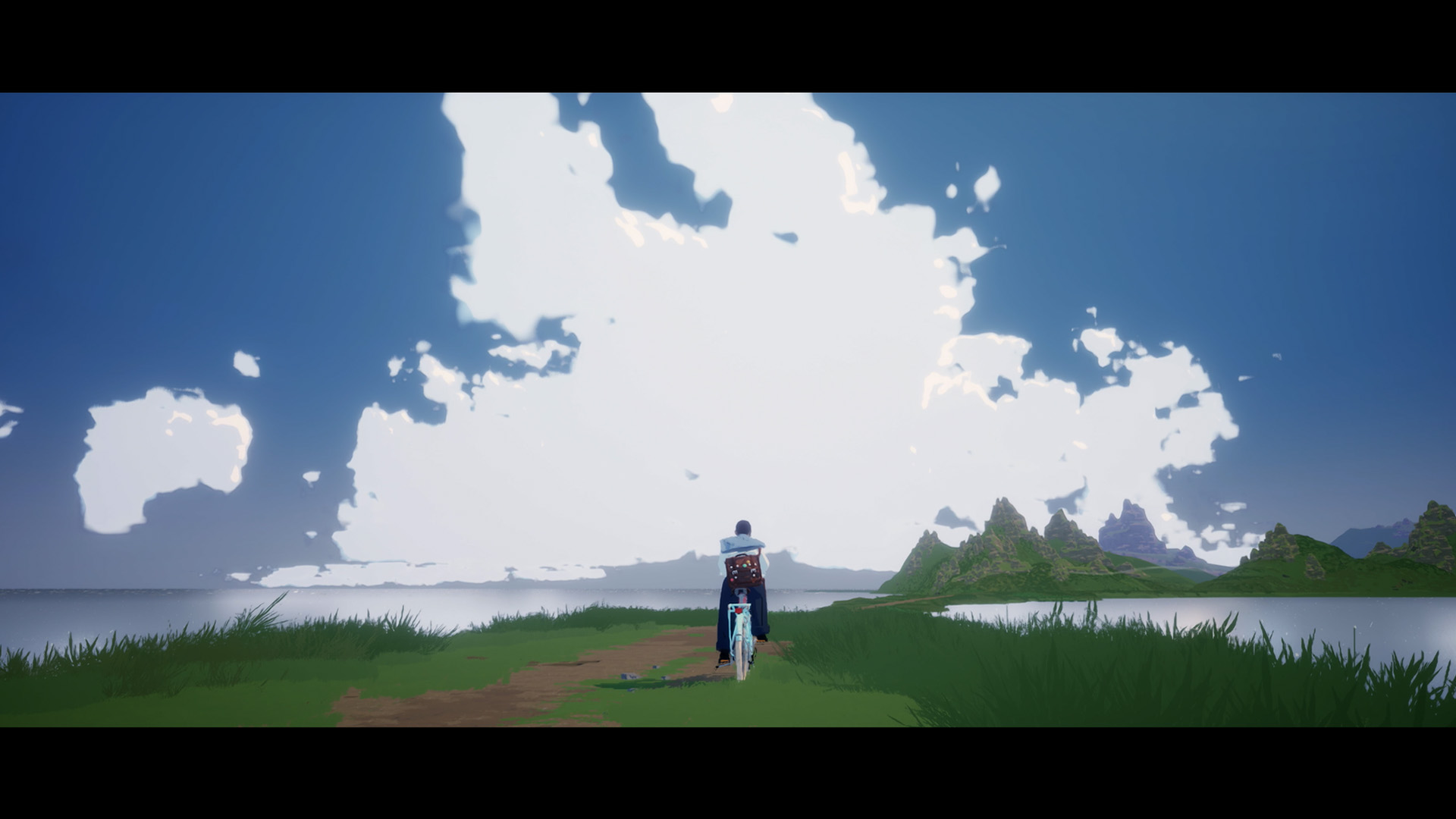 Gameplay
Gameplay
The first few bars of the game, both in the tutorial that takes place in the town (if you’ve played the demo, it’s practically identical to the beginning of the full version) and in the first areas we visit, have such a linear structure that it’s scary just for the sake of it. To think that the whole plot is going to be like this. It does not happen, although when it goes on to have a more open format, it does not entirely abandon linearity either. Even so, at one point, it is time to explore a much less guided area freely. There we can stop whatever we want at the points we want, although some are mandatory research if we want to delve into the plot. The official information is about 6 to 12 hours of play.
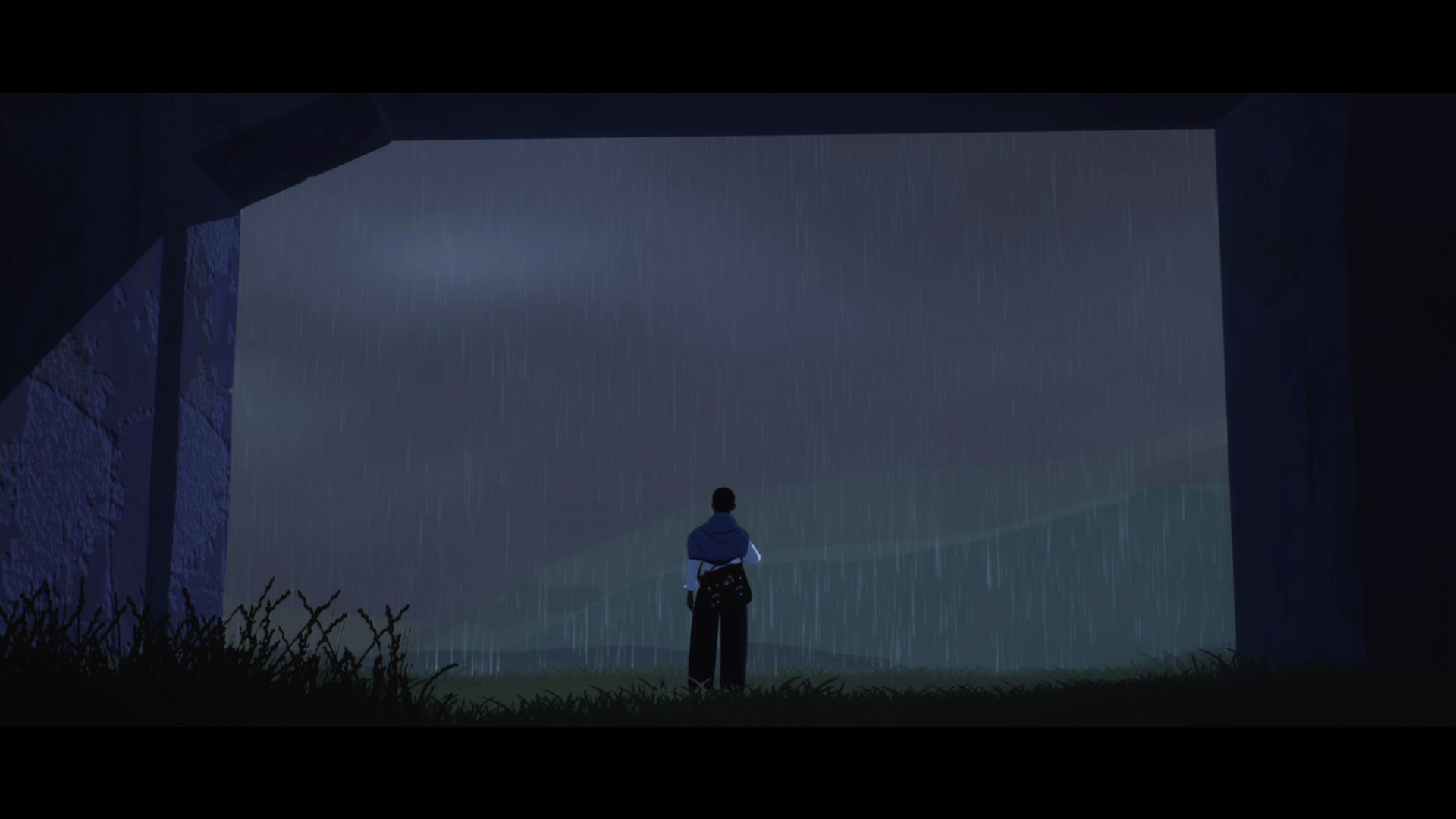 With the opening of the map come the structures, objectives and missions. They are not explicitly marked, but there is a constant reminder of what we must do: go to critical points on the stage and photograph, record, draw or collect memories that we can capture in the diary. Once we place these elements in the notebook (something that we can do freely with a simple but fun page customization system ), conclusions and inspirations will be unlocked that will give us a new reflective piece about the place where we are, sometimes revealing details of a world that is as unknown to us as it is to the protagonist.
With the opening of the map come the structures, objectives and missions. They are not explicitly marked, but there is a constant reminder of what we must do: go to critical points on the stage and photograph, record, draw or collect memories that we can capture in the diary. Once we place these elements in the notebook (something that we can do freely with a simple but fun page customization system ), conclusions and inspirations will be unlocked that will give us a new reflective piece about the place where we are, sometimes revealing details of a world that is as unknown to us as it is to the protagonist.
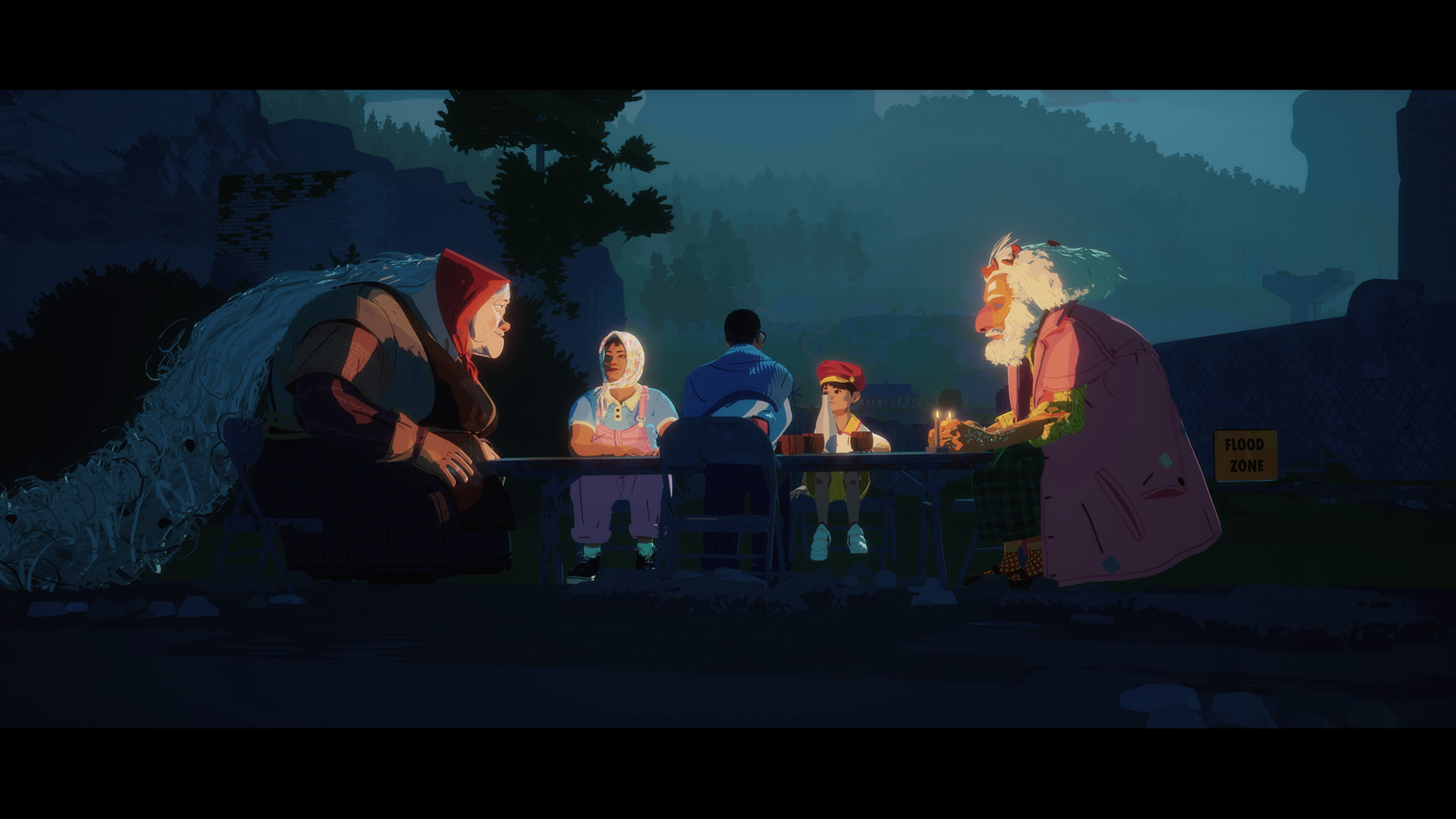 Perhaps that is one of the main weaknesses of SEASON: A letter to the future, which tries to establish norms for reflection. Each page of the diary dedicated to a new area opens when we take the first photo or record the first sound in the place, then we can go placing elements until we fill in an indicator that unlocks the protagonist’s inspiration. It would be good to take photos of the ground in the same place because the only thing that matters is a certain amount of elements in the newspaper. He has some pacing issues in this system, almost resulting from trying to target contemplation.
Perhaps that is one of the main weaknesses of SEASON: A letter to the future, which tries to establish norms for reflection. Each page of the diary dedicated to a new area opens when we take the first photo or record the first sound in the place, then we can go placing elements until we fill in an indicator that unlocks the protagonist’s inspiration. It would be good to take photos of the ground in the same place because the only thing that matters is a certain amount of elements in the newspaper. He has some pacing issues in this system, almost resulting from trying to target contemplation.
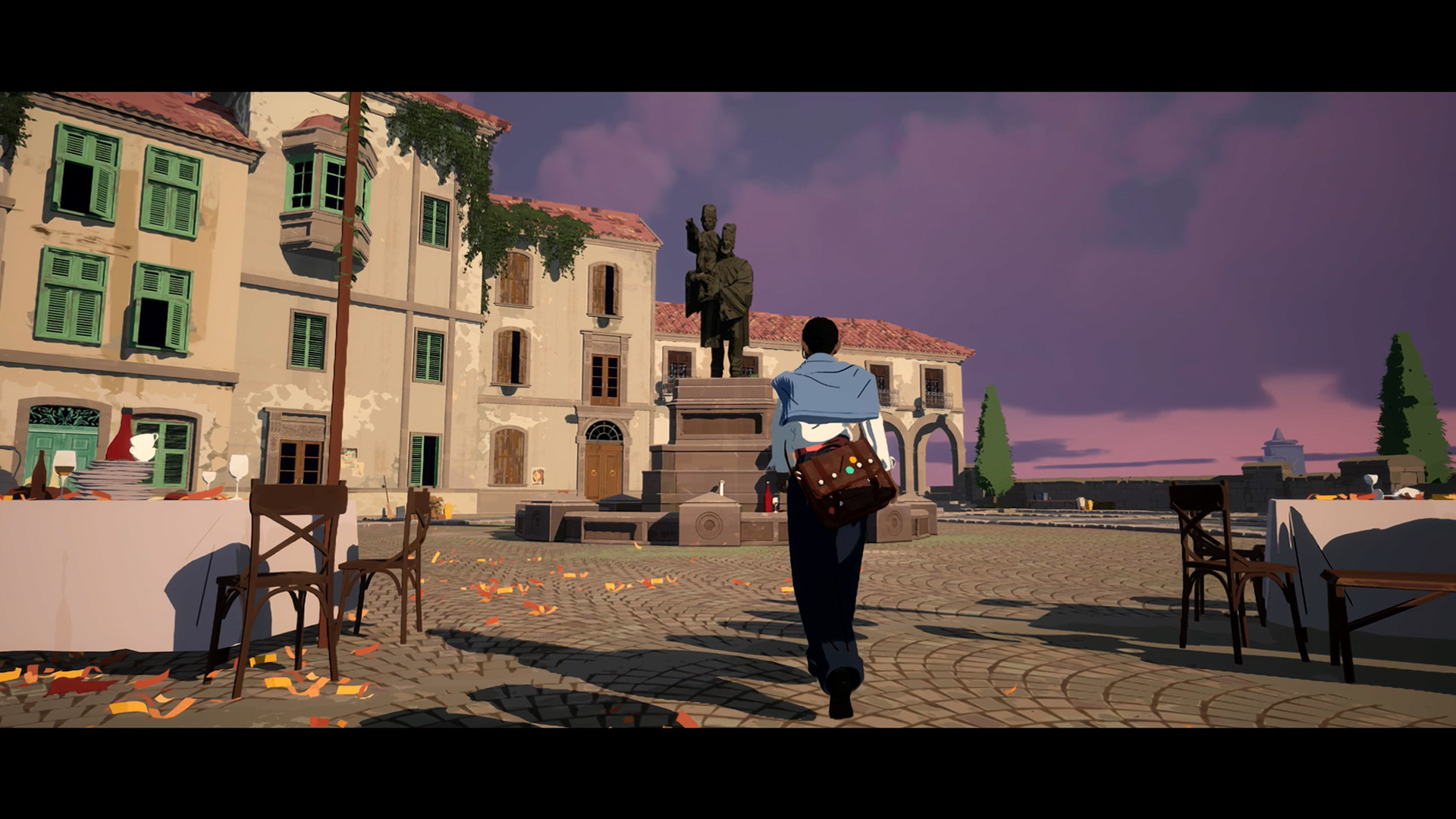 Particular pages ask questions about the world that we must solve by investigating an area to capture photos from specific places or interacting with vital objects. This way of understanding contemplation in the video game seems to miss out on the exciting mechanics that the game offers: having the possibility of photographs, capturing or interacting with anything, feeling that we are forced to do it in a certain way eliminates our relationship with the mission imposed on us. At the end of the journey, the journal filled with snapshots, sounds, drawings, doodles, pamphlets, and stamps is as much ours as anyone else who has played SEASON: A letter to the future. Because everyone has to go through the same milestones, photograph the same things, and talk to the same people.
Particular pages ask questions about the world that we must solve by investigating an area to capture photos from specific places or interacting with vital objects. This way of understanding contemplation in the video game seems to miss out on the exciting mechanics that the game offers: having the possibility of photographs, capturing or interacting with anything, feeling that we are forced to do it in a certain way eliminates our relationship with the mission imposed on us. At the end of the journey, the journal filled with snapshots, sounds, drawings, doodles, pamphlets, and stamps is as much ours as anyone else who has played SEASON: A letter to the future. Because everyone has to go through the same milestones, photograph the same things, and talk to the same people.
Audiovisuals
Don’t get us wrong; there is room for creativity. The photos we take may have completely different filters, angles, focuses and zooms than other players; Just like the diary pages, they will have a unique design based on our aesthetic decisions. We are talking more about the feeling of following the same path as the rest of the people, forced to answer the same questions and have very similar reflections. We understand that comparisons are not the ideal way to approach analysis. Still, during our game, we couldn’t stop thinking about how the great Sable better understands the journey of physical, emotional and personal exploration, which is also postulated as a leitmotiv in SEASON: A letter to the future.
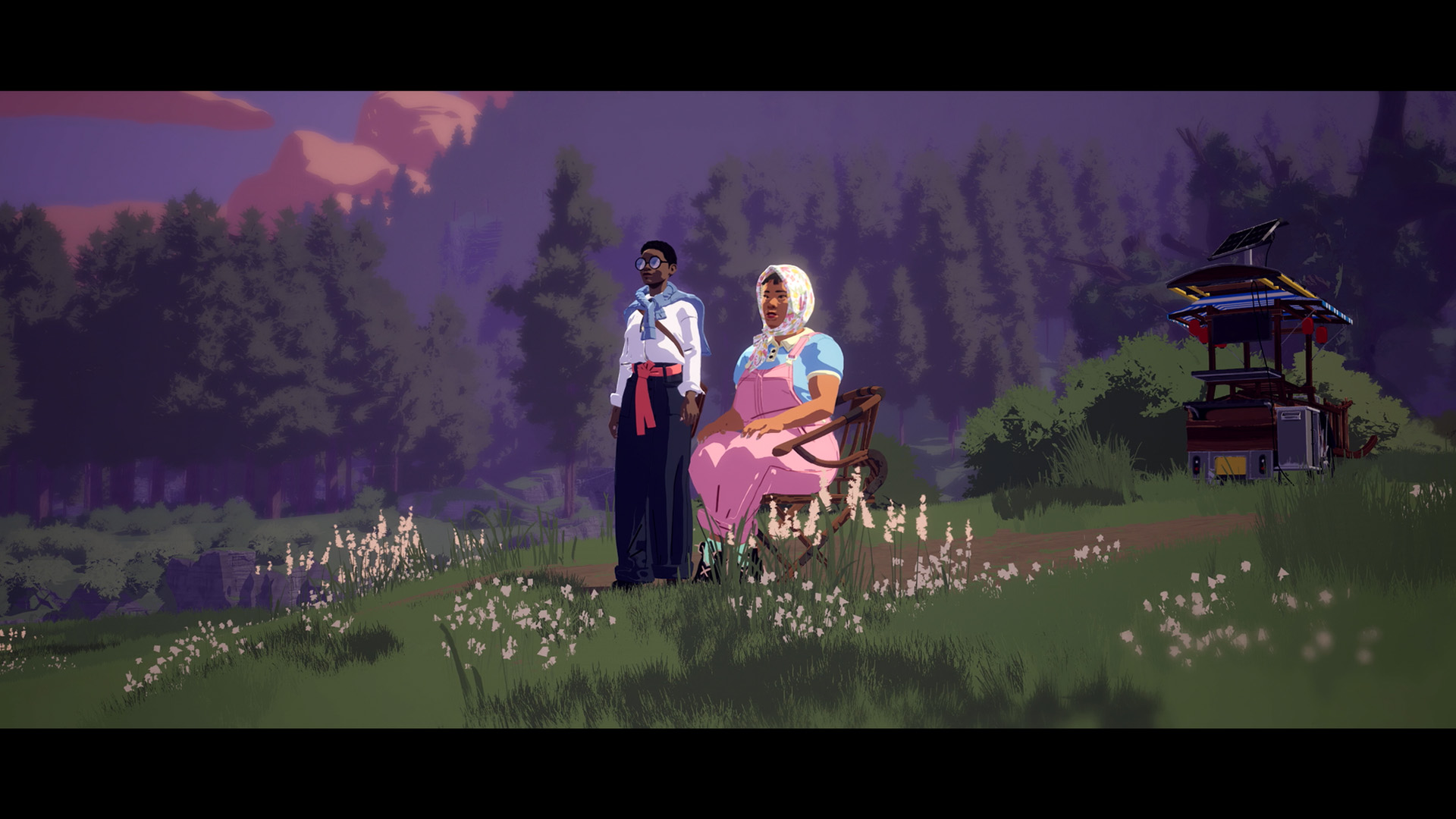 Even the stage design is geared towards guiding a journey that, in our opinion, loses being guided. It is not a problem of its delimited structure embedded in a non-linear space but of the mere placement of memory elements as if they were models of past lives that we must visit. Between milestone and milestone, there is nothing, or hardly anything, worth being photographed, engraved or drawn. The paths between one key point and another seem almost like a formality, although they usually serve to be captivated by the magnificent artistic direction that bathes the entire game. Moving through the world of SEASON: A letter to the future starts nice and becomes routine, completing pages like whoever marks checks on a target list.
Even the stage design is geared towards guiding a journey that, in our opinion, loses being guided. It is not a problem of its delimited structure embedded in a non-linear space but of the mere placement of memory elements as if they were models of past lives that we must visit. Between milestone and milestone, there is nothing, or hardly anything, worth being photographed, engraved or drawn. The paths between one key point and another seem almost like a formality, although they usually serve to be captivated by the magnificent artistic direction that bathes the entire game. Moving through the world of SEASON: A letter to the future starts nice and becomes routine, completing pages like whoever marks checks on a target list.
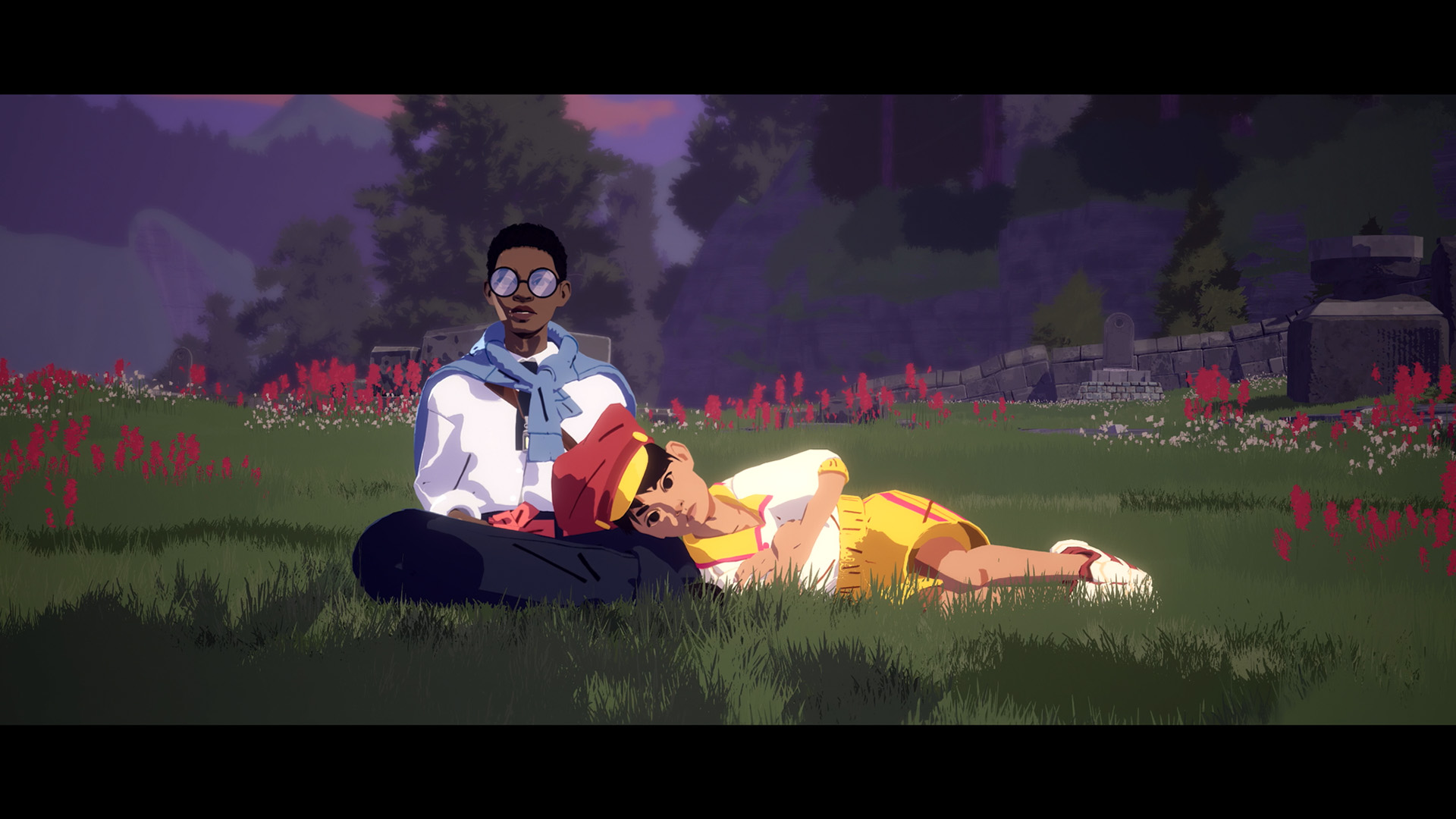 The underutilized bike mechanics don’t help either, which at first looks like it’s going to be playful (pedalling is very enjoyable thanks to the resistance offered by PS5’s DualSense triggers, dropping down hills is just as satisfying), but little by little it deflates and ends up being almost a way of speeding down uninteresting roads. After all, it’s a pretty big game or at least more than what’s expected from a walking simulator, so it’s not wrong to have this kind of help. The scale of the game, by the way, is also noticeable in the number of voices, scenes and texts that it includes, materials that are undoubtedly available with texts and voices in English, French or Japanese.
The underutilized bike mechanics don’t help either, which at first looks like it’s going to be playful (pedalling is very enjoyable thanks to the resistance offered by PS5’s DualSense triggers, dropping down hills is just as satisfying), but little by little it deflates and ends up being almost a way of speeding down uninteresting roads. After all, it’s a pretty big game or at least more than what’s expected from a walking simulator, so it’s not wrong to have this kind of help. The scale of the game, by the way, is also noticeable in the number of voices, scenes and texts that it includes, materials that are undoubtedly available with texts and voices in English, French or Japanese.
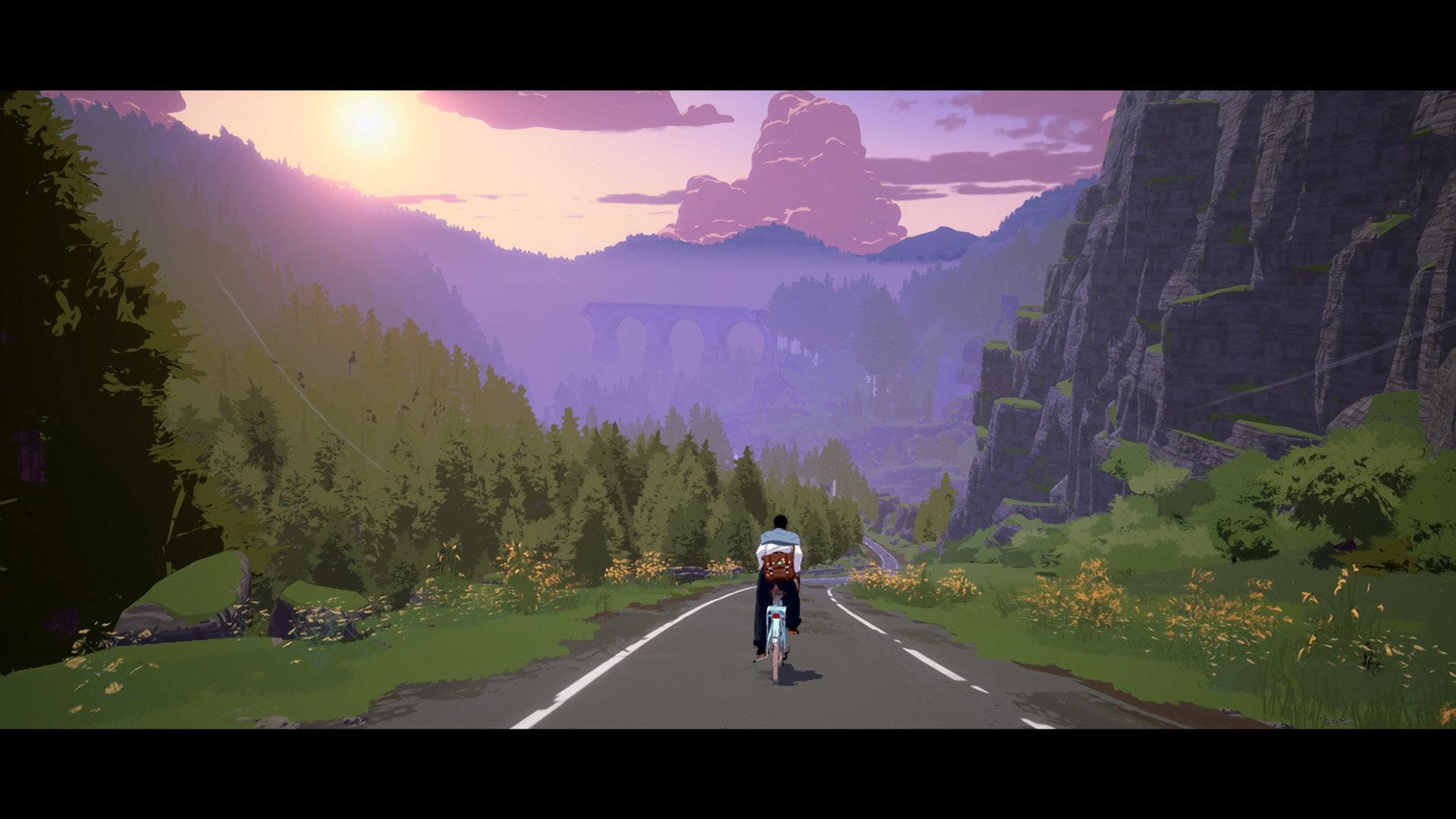 Final Thoughts
Final Thoughts
SEASON: A letter to the future puts on the table some potent tools (the camera, the recorder, the trip, the bicycle…) that he is not able to take advantage of later, forcing himself to pull the exact narrative mechanisms that were have traditionally used in the video game (recordings, objectives, collectibles…). It could undoubtedly have been interpreted from pessimism, thinking about what this project could have been and is not. Still, in its very nature as a contemplative work, there is room for an approach at the same time, in which we let ourselves be guided by a beautiful world and an intriguing universe to stop at every point along the way, photographing, recording and drawing. We may have to do a lot on our part, perhaps more than we would like, but the Scavengers game can still promote a calm and melancholic adventure on an inappropriate scale for this type of project.
We prepared this review with a digital review code for the PS5 version provided by Evolve PR.


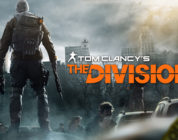

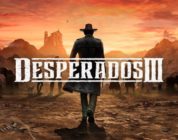
NFOqQiPxpf
EgVoUFfwSz
WwKHqTokJNxmC
NpHLTQcmwuzBeK
Eleanort
What a fascinating read! The author did a fantastic job presenting the information in a way that’s both informative and entertaining. Id love to dive deeper into this subject. If anyone else is interested, click on my nickname to join the conversation!